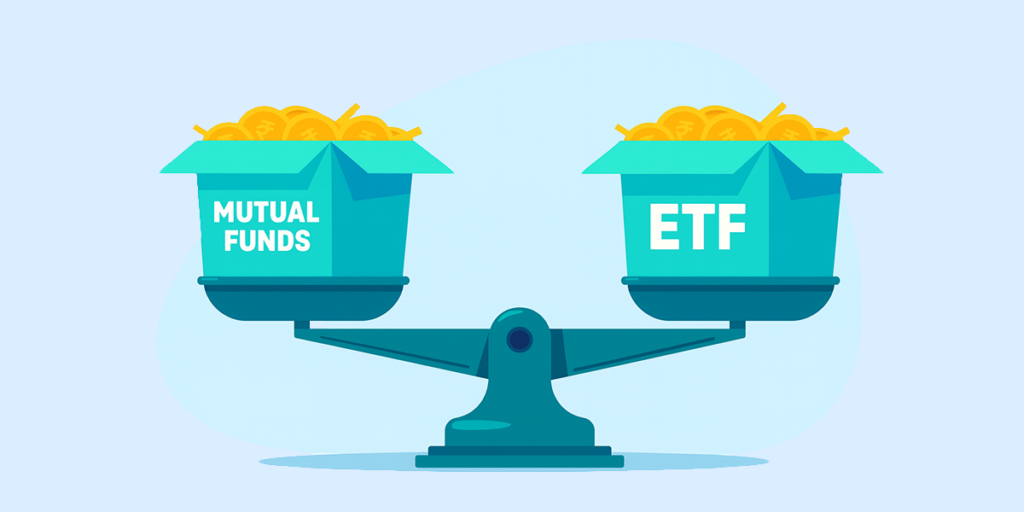Alphabet (Ticker: GOOGL) stock surged nearly 7% in a day to hit a 52-week high of $318.58 yesterday, capping a six-month rally that added $1.5 trillion in market value and pushed the Google parent company to a just under $4 trillion valuation.
The 90% surge came from strong business results across search advertising, YouTube, and cloud computing that investors had underestimated until Warren Buffett’s Berkshire Hathaway disclosed a $4.3 billion stake, effectively endorsing Alphabet’s AI strategy.
Strong Numbers Behind the Rally
Alphabet (Ticker: GOOGL) reported $350 billion in revenue for 2024, up 14%, while net income jumped 36% to $100.1 billion. Fourth quarter results showed revenue reaching $96.5 billion, up 12%, while profit climbed 28% to $26.54 billion. Core search revenue hit $56.6 billion in Q3, up 15%, proving that AI-powered search features brought more users rather than reducing them. YouTube advertising reached $10.47 billion in Q4, up from $9.2 billion a year earlier, while Google Cloud grew 30% to $11.96 billion and turned consistently profitable after years of losses.
Berkshire’s (Ticker: BRK-B) investment provided the confidence boost that accelerated momentum. Buffett had called missing Google early as one of his biggest mistakes, noting his Geico insurance business was among Google’s first major advertisers. The position size suggests he approved the decision as he prepares to step down as Berkshire CEO at year-end.
How AI Created New Revenue
Alphabet’s (Ticker: GOOGL) Gemini AI app reached 650 million monthly active users, making it one of the fastest-growing consumer AI products globally. AI features in search expanded engagement rather than replacing traditional search, while cloud customers now use more than eight times the computing capacity for AI workloads compared to 18 months earlier. Google Cloud and YouTube combined now generate $110 billion annually, repositioning both as major growth engines.
Alphabet (Ticker: GOOGL) trades at 31.8 PE compared to Microsoft (Ticker: MSFT) at 33.7, and Nvidia (Ticker: NVDA) at 45.21, making it relatively cheaper despite strong performance. Operating margins expanded from 27% in 2023 32% in 2024. Over the past year, Alphabet’s 90% return exceeded even Nvidia’s (Ticker: NVDA) 34% gain, showing that established platforms can outperform pure AI infrastructure companies when they successfully integrate new technology into products that billions already use daily.
Accessing U.S. Tech Stocks from India
For Indian investors, Alphabet’s (Ticker: GOOGL) rally represents opportunities rarely found in domestic indices. India’s Nifty 50 concentrates on banks, IT services, consumer goods, and industrials, delivering steady returns but limited exposure to global AI infrastructure, cloud computing, and digital advertising operating at a trillion-dollar scale.
Platforms like Appreciate let Indian investors buy U.S. stocks, including Alphabet (Ticker: GOOGL), through fractional investing starting at just ₹1, making it easy to build positions without large capital commitments. U.S. technology ETFs provide diversified exposure across multiple companies, spreading risk while accessing innovation-driven sectors. The rupee’s long-term weakening against the dollar means U.S. stock gains often translate to higher rupee returns over extended periods, though exchange rates move both directions.
What This Means for Portfolios
Alphabet’s (Ticker: GOOGL) surge shows U.S. markets can dramatically reprice even the world’s largest companies when business results accelerate across multiple divisions. The rally came from improving financial performance, not speculation, as quarterly earnings confirmed AI enhances rather than threatens Google’s core businesses. Investors who underestimated how quickly Alphabet’s (Ticker: GOOGL) could generate AI revenue rushed to adjust expectations as results proved the model works.
For Indian investors building portfolios, domestic markets offer strong fundamentals and demographic trends supporting steady wealth creation. But they don’t produce the rapid repricing events that happen when global technology leaders execute on transformational trends. The opportunity isn’t choosing between markets but understanding what each does best: India for stability tied to domestic consumption, America for exposure to technology shifts driving significant returns when business performance improves faster than expected.
Disclaimer: Investments in securities markets are subject to market risks. Read all the related documents carefully before investing.























